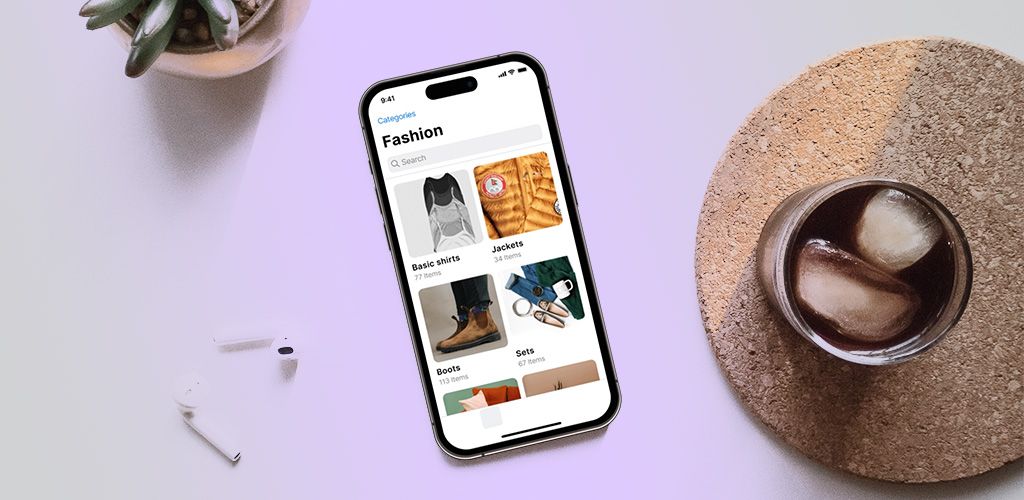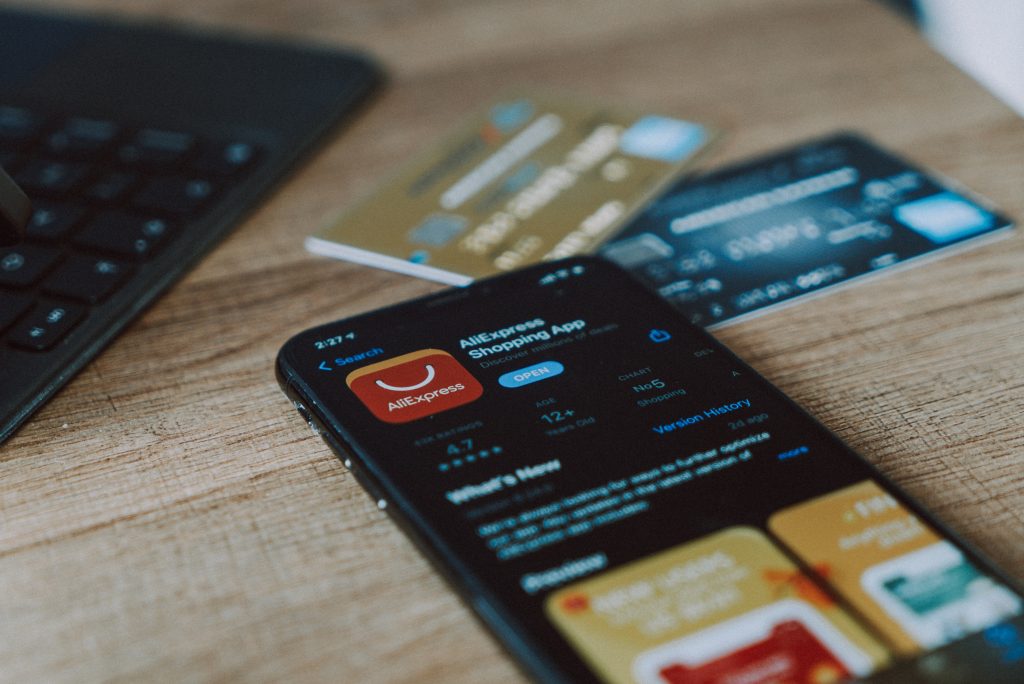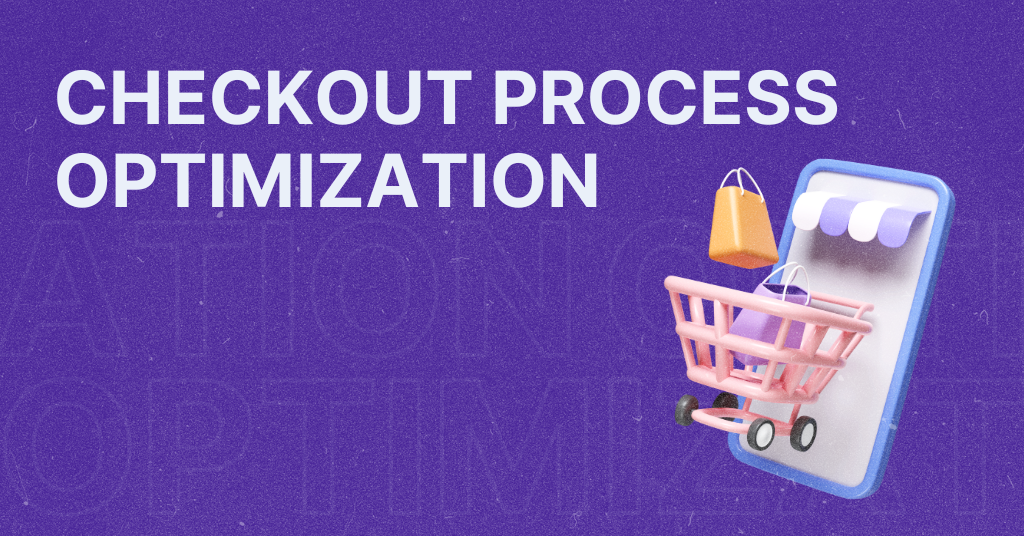
How to market your new e-commerce mobile app: A 4-step beginners guide
So, you have just launched a mobile app for your online shop. Congrats!
…Now what?
In the ever-growing digital landscape, mobile devices have seamlessly integrated into our day-to-day lives. The global shift towards mobile utilization has been nothing short of remarkable, with an increasing number of people relying on smartphones for various tasks and activities.
In fact, research shows that approximately 96% of people aged 18-34 own a smartphone.
At the same time, on average, people have around 40 apps installed on their devices, with users spending 90% of their mobile time on apps compared to mobile web browsers.
With these facts in mind, there’s no doubt your choice to build a mobile app for your e-commerce store was a wise one. You’re now able to literally meet your customers where they are – on their phones, for 7 hours a day.
The question that now remains is how to market your e-commerce mobile app. Or, in other words, how to get people to install the app, make in-app purchases, and ultimately become loyal customers.
In this article, I am going to highlight 4 key steps to building a strong Mobile App Marketing strategy for your brand, in order to successfully promote your new app across channels and skyrocket sales.
But first…
What is Mobile App Marketing?

Mobile App Marketing is all about the strategies and techniques employed by app developers and marketers to promote and increase the visibility, user acquisition, engagement, and retention of a mobile application.
The goal is to attract a targeted audience of users, encourage them to download the app, and then keep them actively using it over time.
It is not an easy task and there is no magic formula that works for every single brand, but there are a few proven strategies that should become your number one priority when you’re just beginning.
However, like any wise marketer, it is crucial to first address the foundation of successful product marketing: having an excellent product to promote. In other words, before delving into marketing strategies, it is essential to ensure that your app design is top-notch. Without a compelling and well-crafted product, all your marketing efforts could end up being in vain.
Invest in Your App Design
In a world where users’ patience is lower and lower, having a fast loading, intuitive app plays a pivotal role in capturing user attention and driving engagement.
On top of that, a visually appealing design can significantly enhance the user experience, leading to higher retention rates and more conversions.

Here are some essential aspects to consider when designing your app:
- Visual Appeal
Your app should have a visually appealing and cohesive design that aligns with your brand identity. Use high-quality images, appealing colors, and clean typography to create an attractive and professional interface that resonates with your target audience.
Always remember that you are on mobile: don’t use too many words or too many graphic elements. Simplicity is key when it comes to mobile apps design.
- User-Friendly Interface
Aim for a user-friendly interface that is intuitive and easy to navigate. Streamline the user journey and eliminate any unnecessary steps or complex navigation. Incorporate familiar UI patterns and ensure that buttons, menus, and interactive elements are easily clickable and responsive.
For e-commerce apps, having clear end efficient product search and filtering options is vital. People are used to being able to find what they’re looking for quickly and easily.
OmniShop can help you create a smooth customer experience by optimizing your app’s components to be top-level user-friendly, so your users can enjoy a highly intuitive app.
- Responsiveness and Compatibility
With a multitude of device sizes and operating systems, it’s crucial to design your app to be responsive and compatible across various platforms.
Test your app thoroughly to ensure it functions seamlessly on different screen sizes and operating systems.
- Personalization
Add personalization features that allow users to customize the app according to their preferences.
Providing options to select themes, font sizes, and color schemes can create a more personalized experience and make users feel more connected to your app.
- Streamlined Checkout Process
In an e-commerce app, the checkout process is a critical step that can make or break a sale.
Design a hassle-free checkout process with minimal steps, clear progress indicators, and secure payment options.
With all this in mind, we are ready to dive into the 4 steps of crafting a successful Mobile App Marketing strategy.
Buckle up!
Step #1: Know Your Audience
Like any marketing strategy, it all starts with knowing your audience. How old are your customers? Where do they live? What’s their average income? How do they like spending their free time?
Mastering these questions will help you to adopt the tactics that work best for your unique target audience.
How?
By understanding their slang, you can write copy that resonates with them and convinces them to buy.
By understanding what they search for online, you can choose the right SEO keywords and Instagram hashtags.
By understanding their interests, you can build powerful Facebook ad audiences.
And the list goes on.
If you’re not yet sure who your buyer persona is, pause everything and go do that.
Step #2: Optimize your App Listing
In the vast sea of mobile apps, optimizing your app listing is crucial for improving visibility and driving downloads.
App Store Optimization (ASO) focuses on maximizing your app’s visibility in the app stores and increasing organic traffic.

No matter if your app is on App Store for iOS, Google Play for Android, or both, you should always make sure you understand the factors that drive app rankings and constantly work to improve your app listing.
Here’s what Apple says about the way they rank apps in the App Store:
“When determining how to order the apps in search results, the main parameters we consider are the metadata provided by app developers, how other customers have engaged with the apps and the App Store, and the popularity of the apps on the App Store. These main parameters deliver the most relevant results to customer search queries.”
Let’s break this statement a bit.
First, they say they consider the metadata provided by app developers. This brings us to the first lesson in ASO 101 – Keyword Research.
Just like you do for SEO, it’s crucial you conduct thorough keyword research to identify relevant and high-ranking keywords related to your app for ASO.
Use tools like Google Keyword Planner or App Store keyword research tools to discover popular search terms in your industry. Incorporate these keywords naturally into your app title, description, and metadata to improve discoverability. However, make sure to avoid keyword stuffing.
Second, they say they consider how other customers have engaged with the apps and the App Store.
Although this statement is rather vague, as you can’t really control how users engage with other apps, it becomes obvious there’s at least two things you should look out for, regarding your own app:
- Install rates – the percentage of users who download your app after clicking on it in the app store.
Of course, if the install rate is low, i.e., there’s a lot of people that click but don’t install, that’s a warning for the algorithm that your app is not the most suitable for that search term.
In order to avoid low install rates, make sure you’re ranking for keywords that are truly relevant for your app and industry, not just popular ones.
At the same time, ensure your listing is convincing. Write compelling copy for your app’s description that’s focused on user benefits.
Invest in high-quality screenshots, videos, and app icons that showcase the best features and functionalities of your app. Ensure that the visuals are engaging, clear, and representative of your app’s user experience.
- Uninstall rates – the percentage of users who uninstalled your app as compared to users who installed in a certain period.
Again, high uninstall rates will trigger the algorithm to downgrade your app ranking, as it will conclude that either the app is not suitable for the users that searched for that keyword, or that the users had a bad experience with the app.
That’s why, as we’ve previously covered, creating a smooth user experience with intuitive app design flows becomes crucial for ranking higher in the app store.
Finally, they talk about the popularity of apps. This of course means one thing – app reviews.
Apart from the fact that positive reviews can greatly influence download decisions, the ranking algorithm really likes them, too.
Make sure to encourage happy customers to leave reviews by implementing in-app prompts or notifications (but don’t overdo it). Respond to user reviews, both positive and negative, to show that you value feedback and are committed to improving your app.
Step #3: Promote it via Email
The thing about e-commerce mobile apps is that only the most loyal customers will install and actively use them. Apps take out phone storage, so people are very cautious about what they’re installing.
At least I know I do. Don’t you?
People have to know and trust your brand if they’re going to give your app a try.
So, where can you find the people that have bought from you in the past, perhaps multiple times, and likely had a positive experience?
That’s right, in your subscribers list.
First, send out an email to your most loyal customer base announcing your new app. Highlight the benefits of installing the app and its features. Include a special reward, like a discount or coupon, for those that install.
After that, try to regularly incorporate app promotions in future newsletters as well. Include prominent app download buttons, app screenshots, and compelling app descriptions to capture the attention of your subscribers and encourage installs. But again, don’t overdo it.
Second, add a download app CTA in all your order confirmation emails.
Order confirmation emails have perhaps the highest open rates – up to 70%. This will increase the chance of people that have already bought from you learn about your app, boosting installs.
Create a special email list with your app users and keep them informed about new features, updates, and improvements in your app through regular email communications. Highlight the benefits and enhancements these updates bring to further incentivize engagement.
Step #4: Leverage the Power of AI on Social Media
Social Media is another great channel for promoting your new app to loyal audiences.
The people that follow you on Instagram, Facebook, TikTok or Pinterest are your community. They’re the people that chose to follow you because they love your brand. It’s guaranteed at least some of them will be happy to try out your app.
Before launch, prepare a few posts to get them excited about what’s coming. Announce the date, add teasing app screenshots and compelling copy. Start posting these a few weeks or days in advance of the launch to generate some buzz.
However, the real deal happens after the launch.
As soon as your app is live, you need to have a well put in place social media strategy for promoting it. I’m talking weekly or even daily posts on both Feed and Story, highlighting the nice deals that customers will find after installing the app.
The great news is that in 2023 you don’t have to sit around and brainstorm new post ideas every day. There’s AI for that.
For example, eyeris.io, an AI-powered e-commerce content marketing tool, can help you create engaging video and image content for promoting your app on social media in literally just a few seconds, with no design skills necessary.
You’ll then be able to effortlessly maintain the consistency that will keep the algorithms happy, all while engaging your audience with stunning visuals.
Don’t forget to add compelling descriptions, clear CTAs, and of course, relevant and trending hashtags to reach new people. Some hashtag ideas to use when promoting your app:
- #ShopOnTheGo
- #NewAppAlert
- #ShopOnline
- #MobileAppLaunch
- #ShopFromHome
- #OnlineShopping
- #ConvenientShopping
- #ShopEasy
- #DealsAndOffers
- #ShopSmart
- #LimitedTimeOffer
- #ShopWithEase
- #ShopWithConfidence
Conclusion
In today’s digital landscape, being present where your customers are is crucial.
Launching a mobile app is a wise decision which, if marketed wisely, will open a generous new revenue stream for your business.
There are lots of strategies you can adopt when marketing your new app. However, when you’re just beginning, you should focus on at least: knowing your target audience, investing in a nice app design, optimizing your app listing, and leveraging email and social media marketing to promote your app to loyal and new audiences.
These steps should bring you closer to achieving your goals, give you the freedom to further adapt and optimize your Mobile App Marketing strategy, and ultimately skyrocket your sales.
Let’s book a 30-min mobile strategy session and give your shop a boost.
Let’s book a 30-min mobile strategy session and give your shop a boost.


